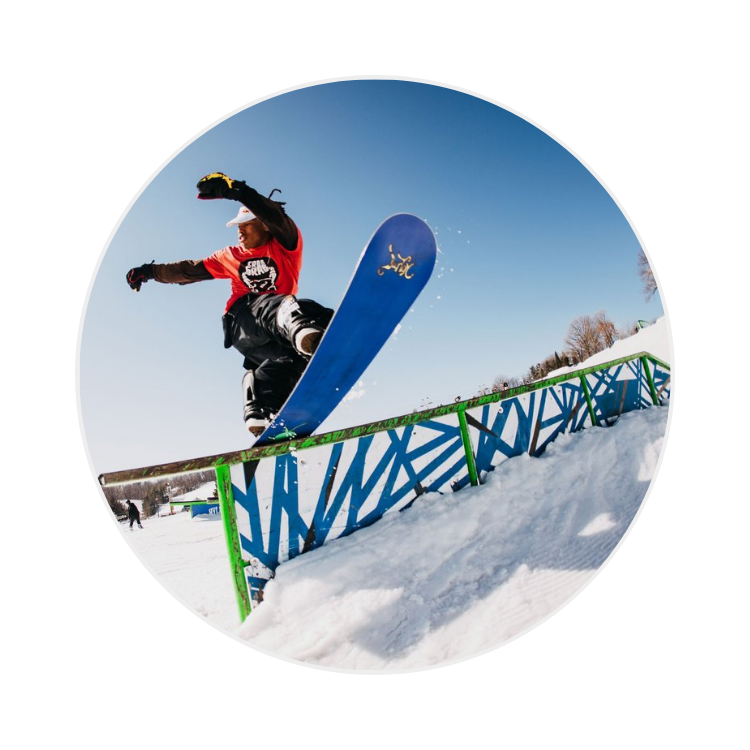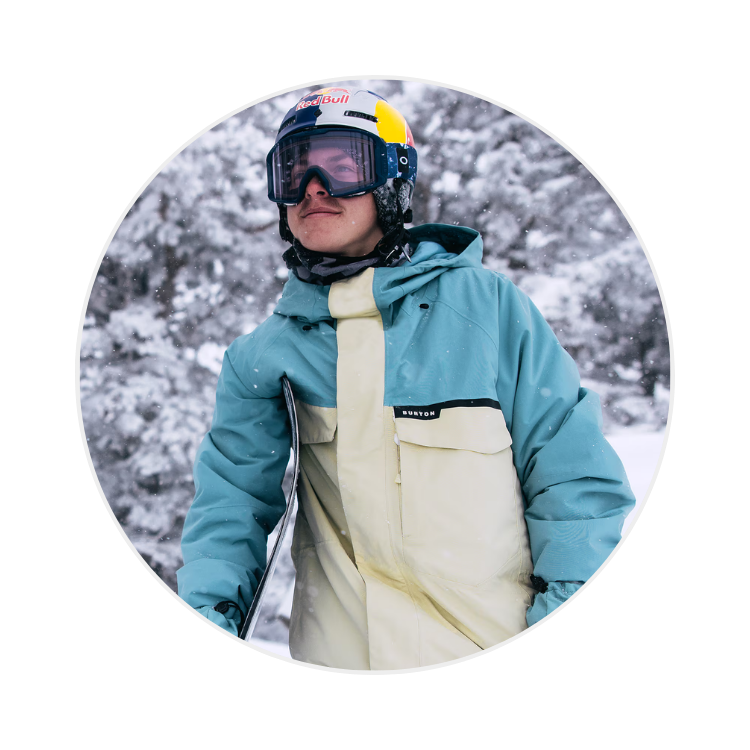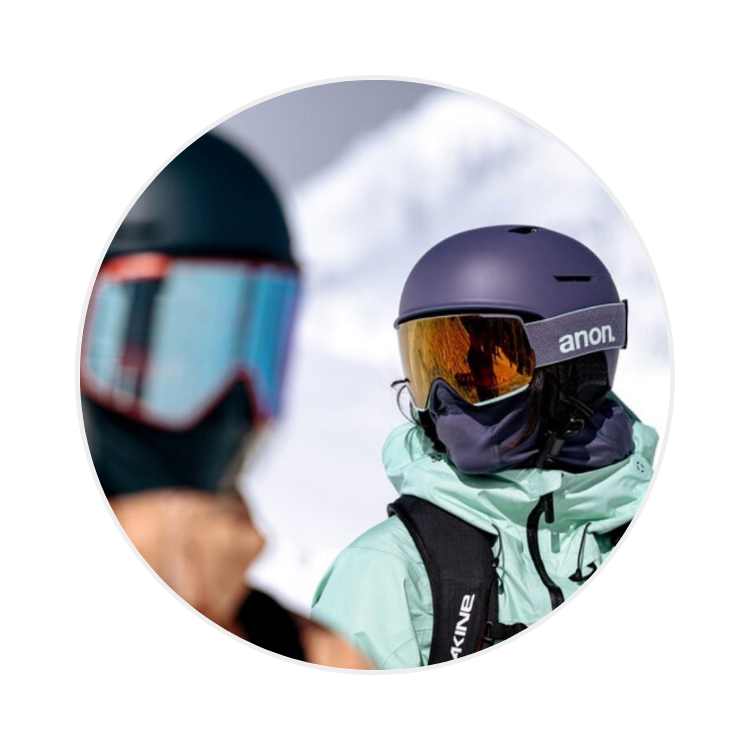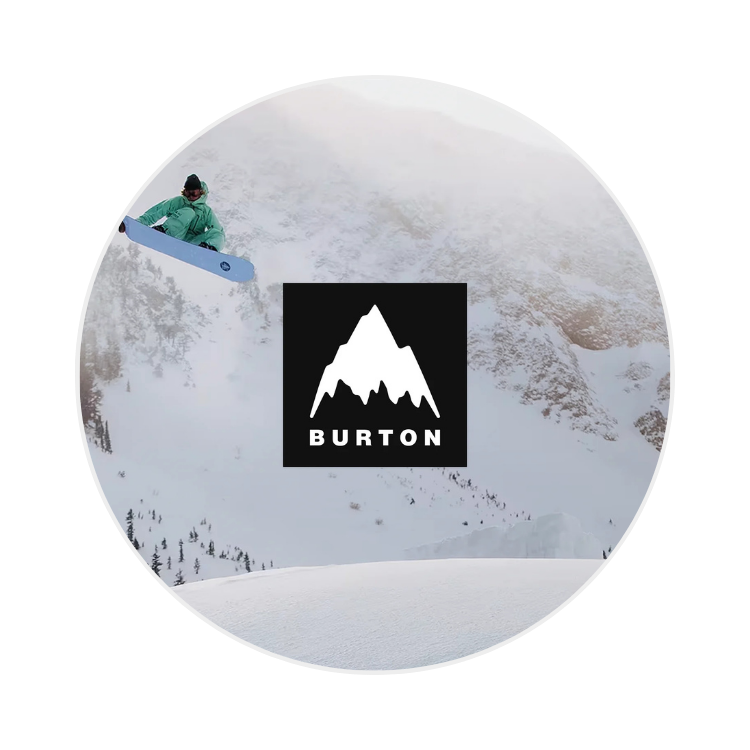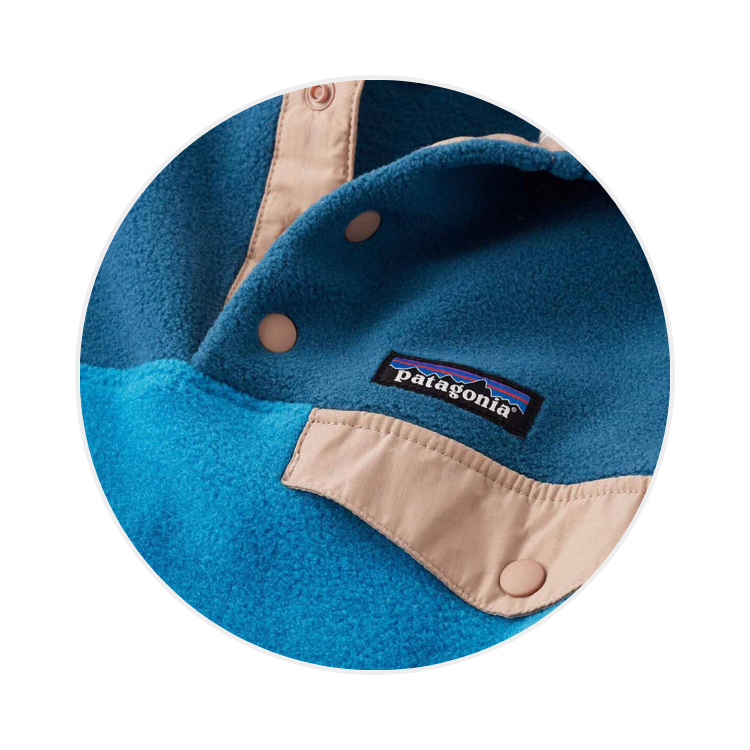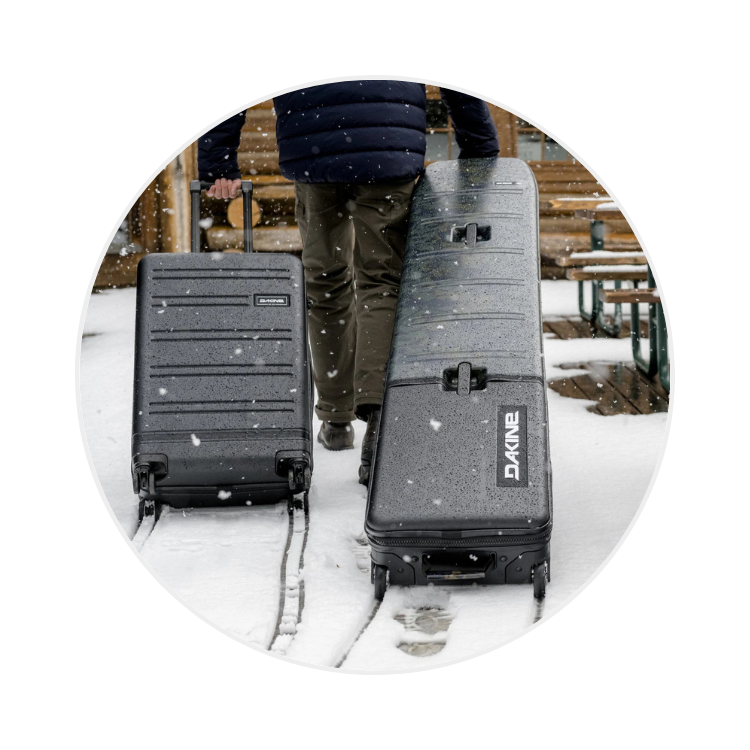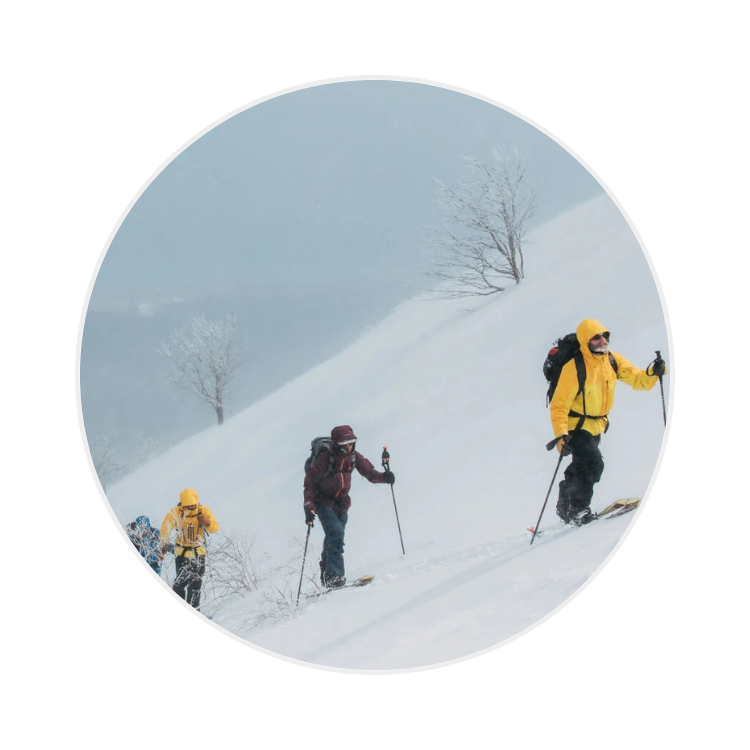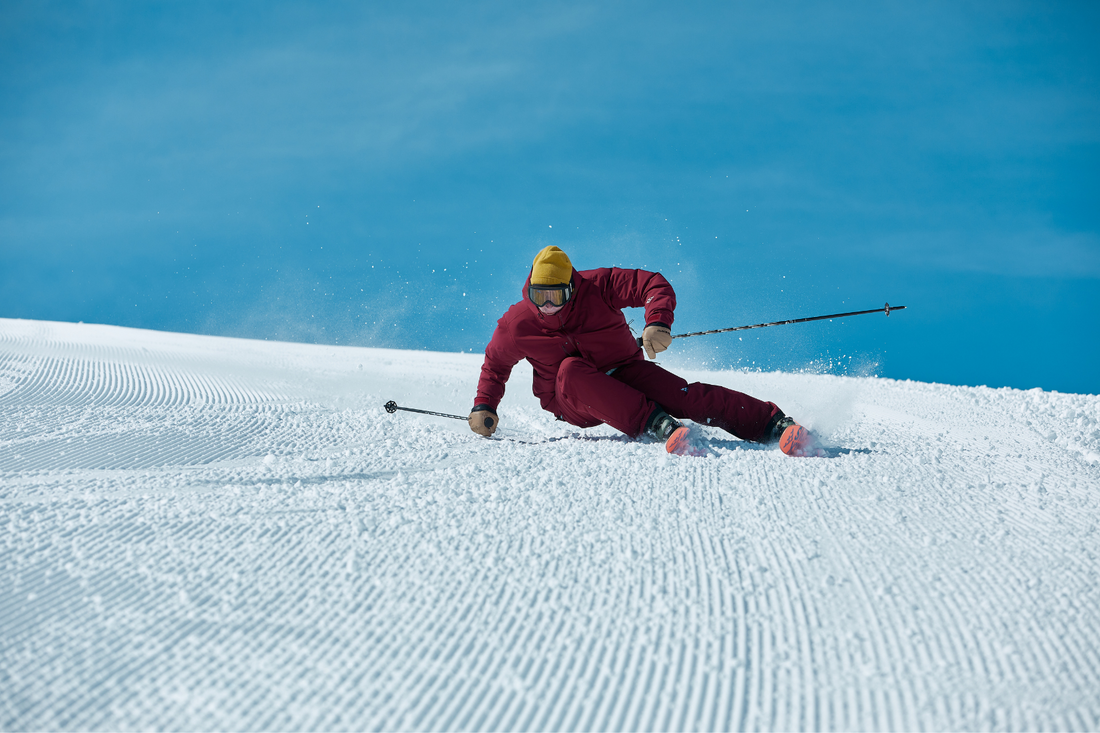Buying new skis can be daunting, which is why we are here to help. With over 100 years of combined experience SSW is bringing its wealth of knowledge to not only our in store customers but now to all our online customers alike. When buying new skis there are no hard and fast rules for every person as ability level, skiing style and ski terrain can all influence the size and shape of ski that works best for you, in this guide we will explain how to find the perfect ski for you and your next adventure.
Before we start please refer to the below diagram if you are unfamiliar with the different parts of the ski as this terminology will be used throughout this how to guide;

Ski Type
With so many brands and variation in modern skis it is more important than ever to select a ski that matches the type of skiing you are currently doing or looking to do, there are 5 main categories that most skis will fall into all with their own benefits and drawbacks for each terrain type.
Carve/Groomer
Carving skis are your more traditional style, generally featuring a cambered shape and narrower waist widths to keep skis nimble and responsive. Carving skis are designed to be ridden on piste (groomed runs) and as such this is where they excel providing maximum grip and edge control, depending on flex and a variety of other factors carve skis are perfect for anyone who enjoys time on the groomers whether you’re a seasoned racer or going down for your first time.
Powder
Powder skis are all about increasing float and speed in soft deep conditions, powder skis commonly feature a much flatter/rockered shape and wide waist widths to keep you up above the snow. While these characteristics partnered with a shorter effective edge means an unrivaled deep powder experience it is important to identify that powder skis can often be more unresponsive and dull in firm snow conditions.
All Mountain / Freeride
All mountain skis have become increasingly popular recently as a jack of all trade do anything ski, capable of cruising groomers and pushing through deep powder all in one neat package, to achieve this manufacturers often strike a balance between their carve and powder skis, this delicate balance in ski characteristics often means that all mountain skis tend to be the most varied category with many models showcasing ‘hybrid ‘profiles as well as varied side cut lengths and waist widths. It is important to note that this jack of all trades approach does come at a cost with benefits in one area often meaning concessions in another luckily by the end of this guide you will be equipped with all the information you will need to know exactly how to cater your all mountain skis to your needs.
Twin-Tip
If the terrain park is your home on the mountain then twin tip skis are the perfect fit for you, twin tip skis feature a more centered riding position along with lifted tips in the tail to allow you to ski both forwards and backwards. Twin tips vary in their profile depending on if you prefer jibs or jumps however most twin tips are of a cambered design to provide maximum air on freestyle features.
Twin tips can also sometimes be seen on some all mountain or powder skis and while this does theoretically allow the user to ski backwards their primary function is to loosen up the back of the ski helping to make the ski more ‘surfy’ and playful in the tail especially in softer snow conditions.
Touring
Touring skis are designed to go both down and up the mountain with the assistance of touring gear such as skins and touring bindings. To facilitate ease of accent touring skis use a lightweight construction and can have a straighter side cut, while this helps while touring this type of ski will come with some concessions to downhill performance depending on how lightweight you choose to go, however for anyone looking to throw some skins on its hard to beat a dedicated touring set up.
Ski Length
Ski length is almost always the first question people have when looking for a new pair of skis, and the answer is it depends. Generally, ski length should be between the height of someone’s chin and the top of their head. Within this range height is determined by a skier’s ability level, preferred ski terrain and ski style.
When might you select a shorter ski?
A shorter ski can be beneficial for beginner to intermediate riders as it allows the ski to be more responsive and easier to turn, by being more responsive shorter skis may also be suitable for more advanced skiers that prefer to perform more tight quick turns at lower speeds.
When might you select a longer ski?
Longer skis are generally selected by more intermediate to advanced skiers that are looking to ski with faster more drawn out turns, longer skis offer a more stable experience at higher speeds, this added stability can also be beneficial to those that are heavier than average for their height that would otherwise overpower a smaller ski
When looking at more rockered or flat skis (see ski shape) it can also be helpful to run a longer length ski to help overcome more uneven off-piste terrain.
|
SKI LENGTH GUIDE |
||
|
Skier Height (Ft) |
Skier Height (cm) |
Recommended Ski Length (cm) |
|
4’4” |
132< |
115 – 130 |
|
4’6” |
131-137 |
125 – 140 |
|
4’8” |
138 – 142 |
130 – 145 |
|
4’10” |
143 – 147 |
135 – 150 |
|
5’ |
148 – 152 |
135 – 155 |
|
5’2” |
153 – 158 |
145 – 165 |
|
5’4” |
159 – 163 |
150 – 170 |
|
5’6” |
164 – 168 |
155 – 175 |
|
5’8” |
169 – 173 |
160 – 180 |
|
5’10” |
174 – 178 |
165 – 185 |
|
6’ |
179 – 183 |
170 – 190 |
|
6’2” |
184 – 188 |
175 – 195 |
|
6’4” |
193 > |
180 – 200 |
Ski Waist Width
Ski waist width is one of the most prominent numbers you will see when looking at a new ski but what does it mean? Waist width is essentially just the width of the ski at its narrowest point, waist width will normally be represented in the name and model of the ski such as ‘Elan Ripstick 88’. Ski waist width can be a key factor when assessing how a ski will ride, the easiest way to think about it is the narrower the ski the quicker the ski will respond edge to edge as there is less surface area to cover, alternatively the wider the ski the slower it will be edge to edge making a ski less responsive.
A narrower/more responsive ski is generally better for tight quick turns on firmer snow conditions, alternatively a wider waist ski is going to be better in deeper snow to help increase the surface area of the ski, keeping you running fast over the top of softer snow.
|
SKI WAIST GUIDE |
|
|
WAIST WIDTH |
SKI TYPE |
|
<84mm |
Carving/Groomer |
|
86mm – 96mm |
All Mountain |
|
90mm – 108mm |
Freeride |
|
108mm> |
Powder |
Ski Profile
Ski profiles is where a lot of people may start to become unstuck and confused as it can become a little bit more confusing if you’re not familiar with a handful of key concepts, to help break it down all we need to understand is rocker vs camber, the benefits of each shape and its drawbacks, using this knowledge we can then asses all other ski profiles as they are purely a combination of rocker and camber in certain areas to achieve desired characteristics from each shape at the same time.
Camber

Camber is the old school traditional shape that is at home on firm groomed snow delivering the most powerful and precise ride possible. Camber achieves this through its upward arc through the ski only coming into contact with the snow at the tip and tail, by having your contact points on the furthest possible points of the ski, camber when weighted with a skier provides a locked in feeling on snow as the shape of the ski is actively pressing down into the snow at either end helping to keep your ski glued to the snow when making turns and other maneuvers, this helps to make cambered skis the most stable particularly at higher speeds. An added bonus of camber is that in the hands of an experienced skier camber can act as a spring when pressured through the middle with the release of tension providing extra speed through turns and extra amplitude off jumps and other features.
Rocker

Rocker is a newer style of edge profile however put simply rocker is the inverse of camber featuring a downwards arc along the ski with the unweighted contact point of the ski being in the middle meaning that the ski will ‘rock ‘when placed on level ground hence the name. Rocker skis thrive in softer snow conditions as the shape allows the user to glide over the top of uneven and deep terrain, with its central contact point rocker skis are very easy to control at slower speeds as the edge is always engaged allowing the side cut of the ski to do its work with much less input from the user making for a very responsive ride, however this shape does have limitations particularly on firm snow at higher speeds where rocker skis can tend to slide far more than their cambered equivalents making them much harder to control. Rocker is ideal for beginners as well as individuals looking to avoid the groomers and lift ques with time in the deep snow of the back and slack country.
Hybrids
Hybrid ski profiles are becoming increasingly popular with both ski manufacturers and customers, hybrids provide a selection of benefits depending on the amount of camber/rocker and there placement. With so much variation in hybrids among brands and even models within these brands it is important to just remember the basic concepts of camber and rocker as this will determine everything, essentially the more camber a ski has overall the more locked in and stable and the more rocker the better the ski will be in deeper snow and slow to medium speed responsiveness. Two of the most common hybrids on the market that we will detail further are Rocker/Camber or early rise profiles and Rocker/Camber/Rocker skis
Rocker/Camber (Early Rise)

A Rocker/Camber shape represents a popular combination hoping to achieve the best of both rocker and camber all in one, this shape is commonly found in all mountain skis seeking to provide good grip and carving response on firm groomed trails whilst also allowing the user to tackle deep soft snow sections with the large rocker section at the nose providing additional float.
Rocker/camber/Rocker (Tip and Tail Rocker)

Rocker/Camber/Rocker ski profiles are excellent for users seeking the power and stability of camber at higher speeds whilst still retaining high response and quick turn initiation. Rocker on the tip and tail of the ski allow for easy turning being the widest points of the ski where turns are initiated. This shape of ski is great for anyone from beginner to expert looking for a high response ski that sacrifices only a minimal amount of power and drive compared to a full cambered ski.
Ski Radius
Ski radius is a great way to easily identify the type of turns a ski excels at, ski radius refers to the side cut of your ski (the outer edge) this is represented in the radius in meters of the diameter it would take for the ski to complete a full 360 degrees on edge. The deeper the side cut the smaller the radius will be and the quicker a ski will turn and vice versa for larger radius skis with a flatter side cut, shorter radius skis will often be found on more dedicated caring skis with larger radius skis generally being more heavily implemented into all mountain and powder specific skis.
|
SKI RADIUS GUIDE |
||
|
Turn Size |
Turn Radius |
Ski Type |
|
Short |
<16m |
Carving/Groomer |
|
Medium |
17-22m |
All Mountain |
|
Large |
22m> |
All Mountain/Powder |
Ski Stiffness
Ski’s often come in a variety of stiffness even within a model range, the preferred stiffness for you is highly dependent on ability level as well as the type of terrain you plan on skiing, A stiffer ski is generally more suited to more advanced skiers as they are able to handle the rebound and response that comes with a stiffer ski, beginners on the other hand should normally look to a softer ski that isn’t looking to throw them around so much making for a much more comfortable experience. When purchasing skis for softer snow such as wider all mountain and powder skis it can often be beneficial to go for a softer ski than you otherwise would to allow for greater control in these types of terrain.
A great way to gauge ski stiffness is looking at the material construction, most skis are constructed with a full wood core however stiffer skis are often reinforced with titanium plates and frames or carbon stringers to improve stiffness, below is a list of common materials and their influence on ski stiffness and performance
|
Glossary of Common Terms |
||
|
Terminology |
What is it? |
Impact |
|
Carbon (C) |
Normally refers to carbon stringers or sheets |
Improves stiffness in targeted areas on wood core skis, commonly in the tips without adding to much additional weight |
|
Titanium Frame |
Titanium Frame around a wood core |
Improves the rigidity and response of the ski substantially across the whole ski |
|
Titanium Sheet (Ti) |
Full titanium sheet layered upon the original wood core |
Usually only utilized in some of the stiffest skis in the market, for ultimate rebound and ski response |
|
Stringers |
Stringers are made of a variety of material normally starting near the binding and moving out to the contact points of either tip or tail |
Stringers provide additional stiffness and rebound in targeted areas of a ski. They are generally a lightweight means of doing this and are often made with either different types of timber, or strands of carbon/titanium called stringers |
|
Honeycomb |
Honeycomb is a type of core construction replacing a traditional solid block with a milled honeycomb core |
Honeycomb cores are generally only in the tip of a ski and act as a way to make the ski softer in these areas while greatly reducing weight, honeycomb construction is commonly found in freestyle and all mountain skis. |
Thank you for reading through this Trojan buyers guide, we always strive to inform our customers as best we can without getting to confusing or technical in our how to guides however if you require additional clarification or instruction on some of the finer details or would just like to talk to one of our experienced friendly staff members please don’t hesitate to contact us here, we are always here and ready to help you find the perfect skis for your next adventure.
